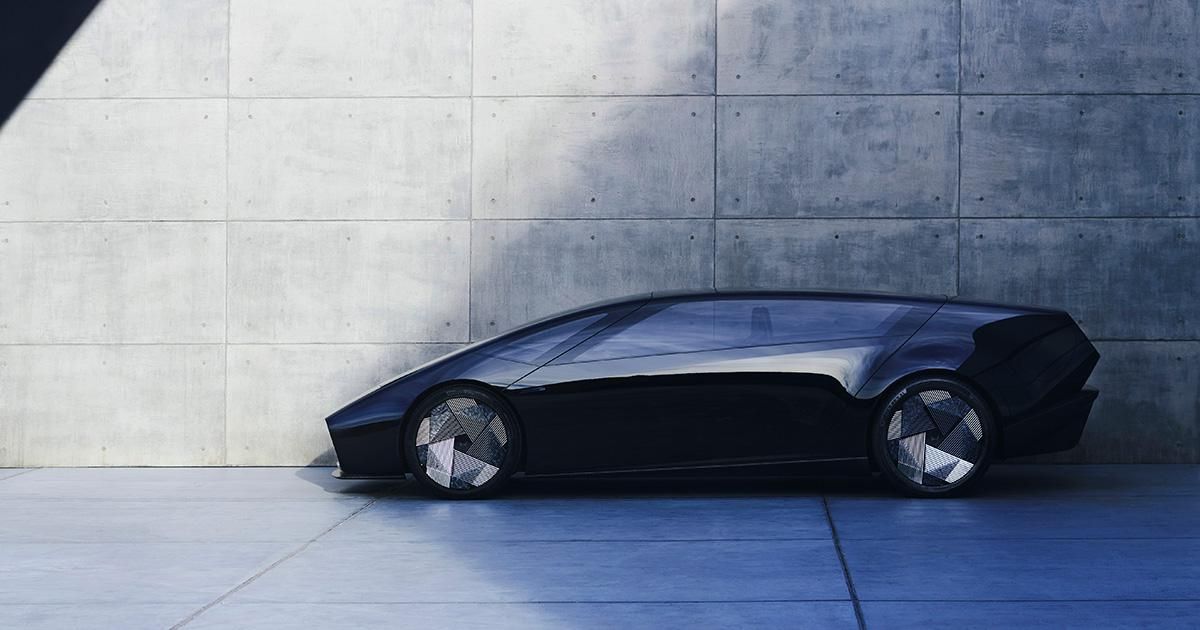Vitry-le-François, France (May 20, 2025, 6:00 pm CEST) –
The 5th World Hydrogen Awards threw Haffner Energy’s unique biomass-based solution HYNOCA in the limelight today as one of the two hydrogen-production technologies selected for the first Renewable Energy Valley project developed under the umbrella of the Horizon Europe-funded international initiative REFORMERS.
Granted to REFORMERS’ Flagship Energy Valley in Alkmaar, Netherlands, in the Clean Project category, after a comprehensive review of the project by a jury of experts and a vote by the global hydrogen community, the award also recognized the innovative Zinc Intermediate Step Electrolysis technology by German startup STOFF2. The Awards Ceremony took place, today, on the eve of the 6th edition of the annual World Hydrogen Summit & Exhibition which is being held in Rotterdam, Netherlands, this week.
“I am grateful for the ongoing support and dedication of Philippe and Marc Haffner and their team, whose expertise and commitment have played a crucial role in our journey towards today’s prizewinning success. Together, we are shaping the future of sustainable energy solutions and paving the way for a cleaner, greener world”, said Bob Busser, Managing Director of HyDevCo BV, Haffner Energy’s Dutch partner and leading project developer for HYNOCA-Alkmaar.BV, the Dutch project-dedicated entity (or SPV) that is part of the local consortium developing the Renewable Energy Valley in Alkmaar.
HYNOCA is the hydrogen production solution developed by Haffner Energy using its patented biomass thermolysis technology. HYNOCA is designed to rely on local residual biomass and organic waste with no conflicts of use. Because it is feedstock agnostic, it can operate regardless of the typical seasonal and geographical variations in biomass availability. It is made commercially available in the Netherlands, Luxemburg, Belgium and North Rhine-Westphalia through Busser Project & Technology Development.
Hynoca-Alkmaar’s project, labelled “bio-hydrogen plant” in the Renewable Energy Valley mapping, will use 6 500 tonnes of locally sourced residual biomass with no conflict of use to produce 240 metric tonnes per year of mobility-grade green hydrogen, serving local mobility and industrial needs. In the process, it will avoid the emission of 2 880 tonnes of CO2 per year.
Verfasst von globenewswire
URL kopieren
Per E-Mail teilen
Artikel drucken
1 im Artikel enthaltener WertIm Artikel enthaltene Werte













